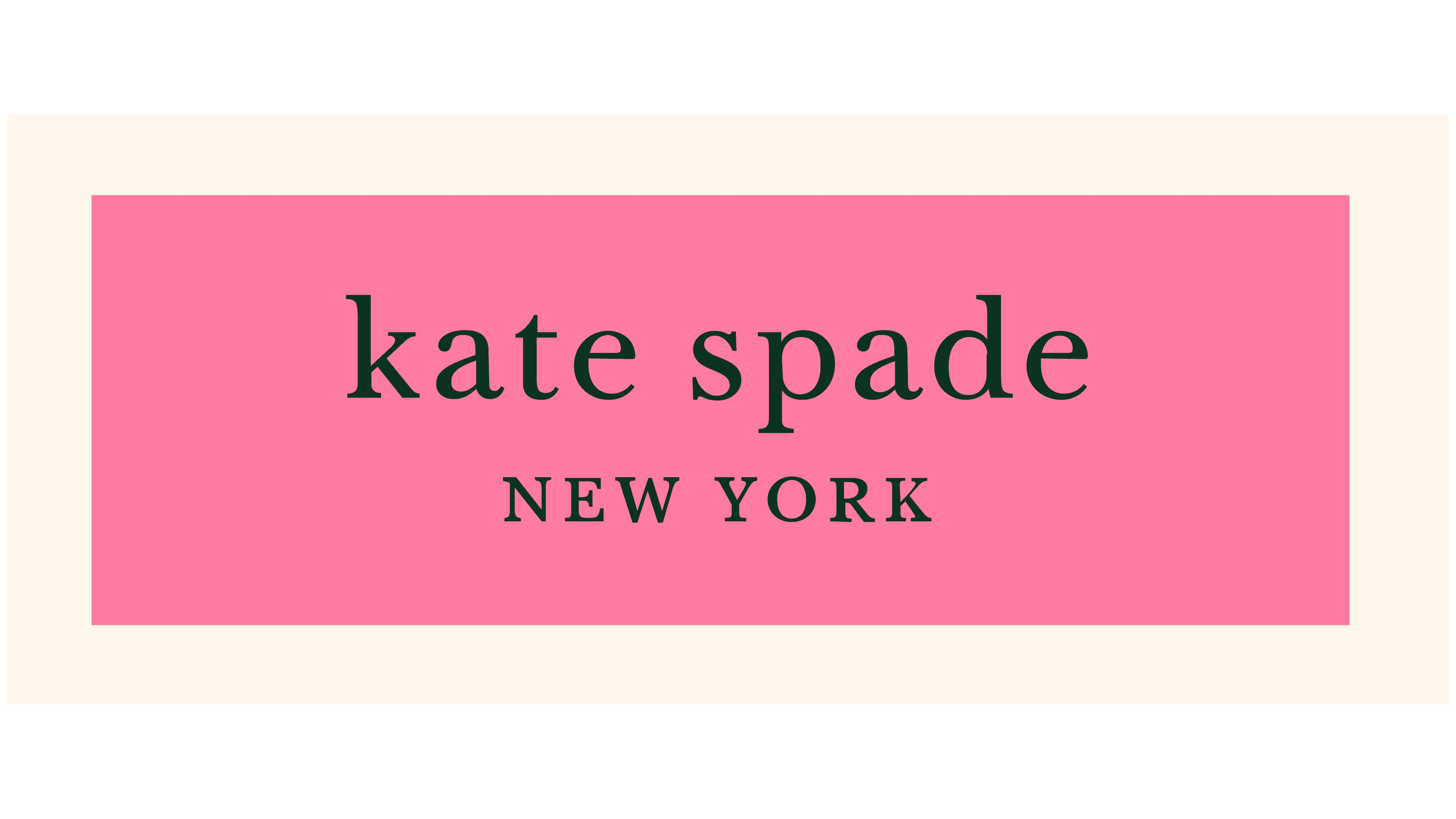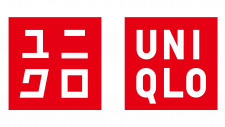Kate Spade New York Logo
Kate Spade New York is a modern luxury fashion brand, renowned for its crisp color, graphic prints, and playful sophistication. Established in 1993, it initially gained fame for its handbags. Today, the brand’s portfolio includes clothing, accessories, shoes, and home goods. Predominantly targeting the North American and Asian markets, it has seen a global presence in upscale department stores and boutiques. Since 2017, the company has been owned by Tapestry Inc., a multinational luxury fashion holding company. Kate Spade New York continues to embody a blend of upscale allure with a spirited approach, making it a favorite among many.
Meaning and history
Kate Spade New York, a beacon of chic and playful fashion, was birthed in 1993 by Kate and Andy Spade. Beginning in Manhattan, Kate, disheartened by the lack of stylish yet practical handbags, took a leap into designing her line. Her first creation, a utilitarian bag called “Sam,” became an overnight sensation.
By the mid-90s, the brand flourished, moving beyond handbags to include clothing, jewelry, shoes, and other accessories. Their crisp designs, infused with playful nuances, became synonymous with New York’s sophisticated yet whimsical style.
In 1999, just six years post-inception, the Neiman Marcus Group acquired a significant 56% share, recognizing the brand’s potential. By 2006, they procured the remaining 44%, taking full ownership. Under their wing, the brand’s retail footprint expanded dramatically, establishing a global presence.
Yet, 2006 also marked Kate’s departure from her eponymous brand. While she left the company, her spirit and vision remained foundational.
In 2017, a significant shift occurred. Tapestry Inc., formerly known as Coach Inc., acquired Kate Spade New York for $2.4 billion. This acquisition was part of Tapestry’s broader strategy to house a portfolio of luxury fashion brands. Under Tapestry, the brand retained its individuality while benefiting from the umbrella company’s vast resources and expertise.
Through its journey, Kate Spade New York has faced its share of highs and lows, including the tragic passing of Kate Spade in 2018. However, her legacy endures through the brand, which continues to merge practicality with playful sophistication.
From its humble beginnings in Manhattan to its global stature today, Kate Spade New York remains a testament to innovative design, entrepreneurial spirit, and the essence of New York’s unique fashion narrative.
1993 – 2019
The initial emblem set a gold standard many should aspire to, or at least, that was the sentiment of many. The fresh entrants into the fashion domain opted for the potent spade suit from playing cards for their insignia. This emblematic choice propelled the nascent brand to the fashion industry’s forefront, captivating the seasoned titans of the style world.
Situated centrally, the black spade replicates the iconic emblem often associated with hidden fortune. For the uninitiated, it resembles an inverted heart balanced on a sculpted stem. Beneath it, the brand’s moniker is split into two tiers. “kate spade” sits above, penned in lowercase using a classic typographic style with pronounced serifs and ample spacing between letters. The subsequent line displays “NEW YORK” in uppercase, yet the font’s stature is diminutive, rendering it subtler than its counterpart above.
2019 – Today
The modern emblem retains its foundational elements but sports a refreshed aesthetic. Following a year from its takeover, the brand’s stewards opted to infuse vibrancy while revering the historical style. Consequently, the textual element nestles against a backdrop of gentle fuchsia, bordered by a broad dusk-pink outline. The iconic spade symbol now stands detached from the textual segment, granting it the flexibility to serve as an independent marker or a compact icon. The predominant text in the logo is rendered with a robust font, while the subsequent text is articulated in slender, more petite characters, giving a harmonious contrast to the design.













